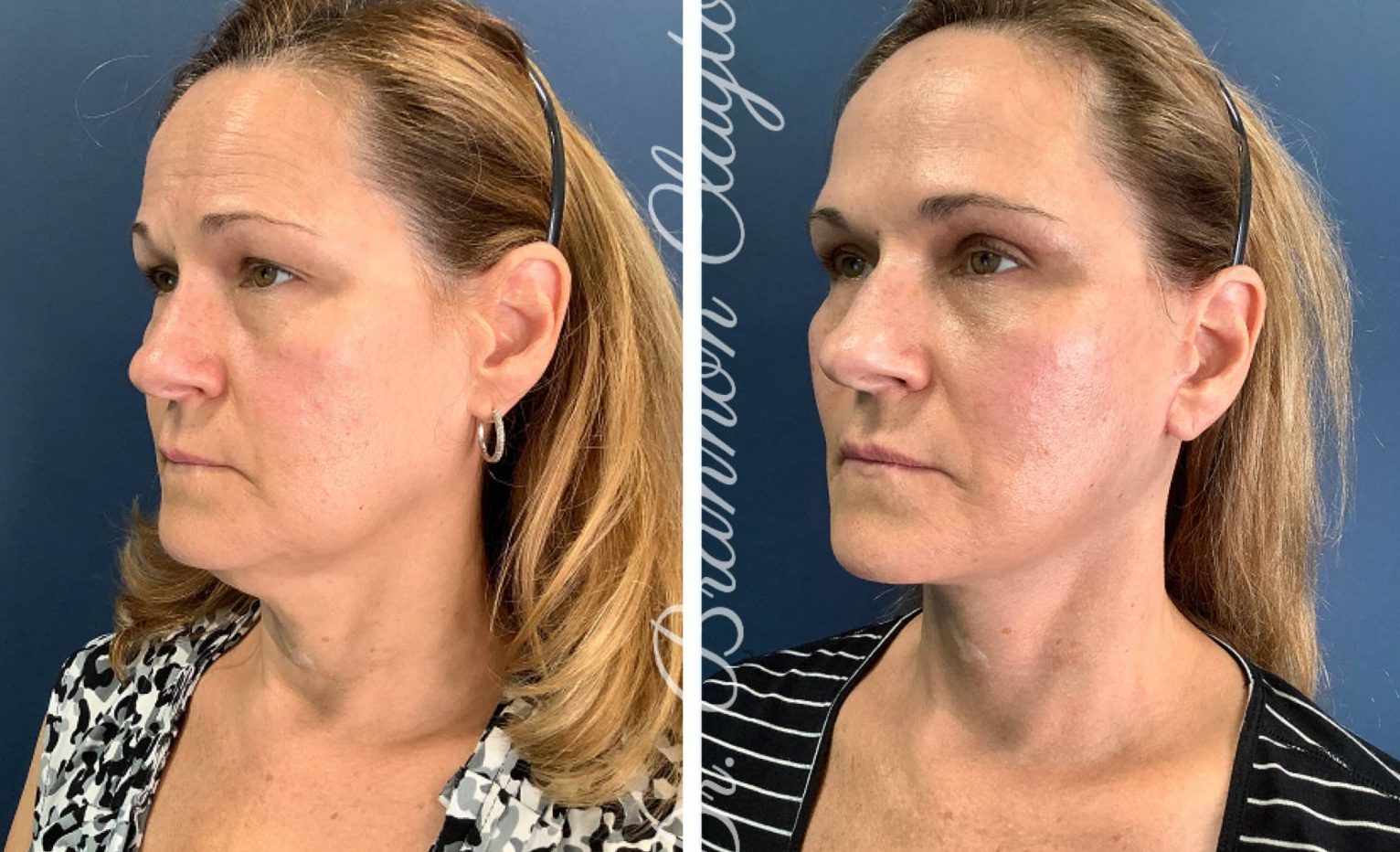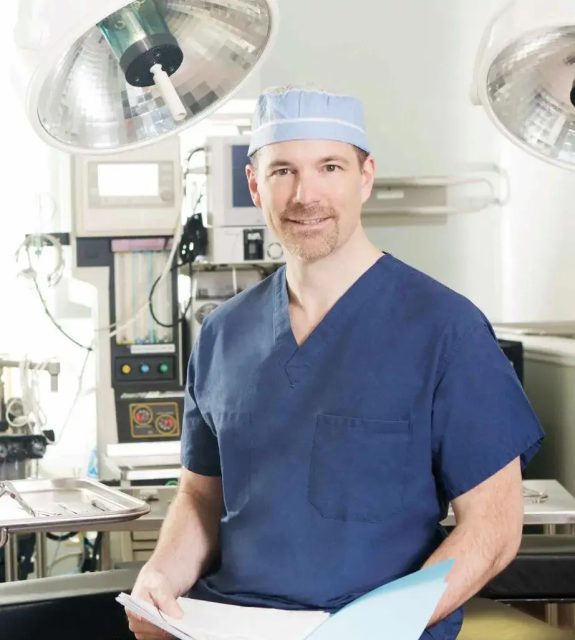Award-winning, Double Board Certified Plastic Surgeon Dr. Brannon Claytor has been helping patients realize their beauty goals for over 16 years. He serves as Chief of Plastic Surgery for Main Line Health Systems encompassing Bryn Mawr, Lankenau, Paoli, and Riddle Hospitals. He is committed to patient satisfaction and safety, and his knowledge of and continual training in the most advanced surgical techniques provide his patients with up-to-date, cutting-edge care that yields exceptional results. He works closely with each patient to develop an individualized treatment plan and is dedicated to helping patients achieve a long-lasting, natural post-surgical look. Haute Beauty expert Dr. Brannon Claytor explains the differences between a traditional facelift and a deep plane facelift.
 Photo Credit: Shutterstock
Photo Credit: Shutterstock
How is a deep plane facelift different from a traditional facelift?
Thinking about a facelift? The deep plane facelift is a variation that is growing in popularity, in part thanks to high-profile patients including fashion designer Marc Jacobs who recently had the procedure at age 58 (he discussed his experience in an interview with Vogue). The designer ended up with the very natural-looking results this facelift method is known for: it doesn’t put tension on the skin, avoiding making your face appear tight.
Philadelphia plastic surgeon Dr. Brannon Claytor offers the deep plane facelift in addition to the traditional SMAS facelift and finds that both methods achieve excellent, natural-looking results for the right patient. Keep reading to learn about these two facelift options and which may be right for you.
Traditional facelift vs. deep plane facelift
Traditional facelifts (rhytidectomy) are performed using the SMAS, or superficial muscular aponeurotic system, method. This involves lifting and tightening skin and superficial musculature and repositioning them higher on underlying layers of connective tissue, which serve as a foundation. Incisions for this technique are placed behind the ears and sideburn area, within the hairline.
Deep plane facelifts involve deeper adjustments. Dr. Claytor leaves superficial skin and muscle attached to deeper tissues, and he instead tightens ligaments that hold muscle and skin in place, thereby “lifting” sagging facial skin and fallen fat pads as a whole. Incisions for this technique are placed behind the hairline in the sideburn area. This causes less trauma to the superficial tissues, so patients tend to experience less bruising, as well.
In a deep plane facelift, there is no tension placed on the skin; the tension is placed on a lower plane, where ligaments are tightened and reattached. Still, both procedures tend to take about 10 years off your look and improve facial contours; they simply accomplish this somewhat differently. Based on your anatomy and concerns, your board-certified plastic surgeon can help you decide which type of facelift procedure will achieve the results you hope for.
Traditional facelifts tighten superficial skin and muscle, but deep plane facelifts reposition deeper tissues.

Photo Credit: Dr. Brannon Claytor
Am I a good candidate for a deep plane facelift?
The deep plane facelift is particularly suitable for older patients who are experiencing drooping cheeks, jowling, and/or a loose or “turkey” neck. If overall facial volume seems to be succumbing to gravity, revealing hollow tear troughs, fallen cheeks, and loose skin in the neck, addressing deeper ligaments and musculature is very beneficial in elevating these tissues for a natural effect. A deep plane facelift may sometimes be combined with a neck lift or eyelid lift as needed for comprehensive results.
By contrast, a SMAS facelift may be more suitable if you have found that injectable Botox and dermal filler are no longer sufficient to address all of your concerns, or you are beginning to notice jowling and thinning or loose skin on your mid-to-lower face and neck. In some cases, a mini facelift or short scar facelift technique may also be sufficient.
Is a deep plane facelift performed under local anesthesia?
A deep plane facelift can be safely and comfortably performed under local anesthesia with oral sedation (also called “twilight anesthesia” or “conscious sedation”). This means that you will be more or less awake, but drowsy and relaxed, for the duration of your surgery. The benefit of local anesthesia is that you will have an easier recovery, as general anesthesia adds to your recovery time.
Can you pair deep plane facelifts with non-surgical treatments?
The deep plane facelift technique is a huge advance for cosmetic medicine—and so are the advances in non-surgical, non-invasive skin treatments. Your facelift results can benefit from treatments such as laser skin resurfacing for improved skin tone and texture or routine treatment with injectables to smooth wrinkles and add volume. Together, these treatments address signs of facial aging on multiple levels.
Choose experienced deep plane facelift specialist Dr. Brannon Claytor in Philadelphia
Dr. Brannon Claytor is a double board-certified plastic surgeon serving the Philadelphia, Main Line, and Bryn Mawr areas. He performs multiple facelift techniques, and each procedure is tailored to the individual patient. To learn what a facelift may do for you, schedule a consultation by calling 610.527.4833 or contacting our office online.





















